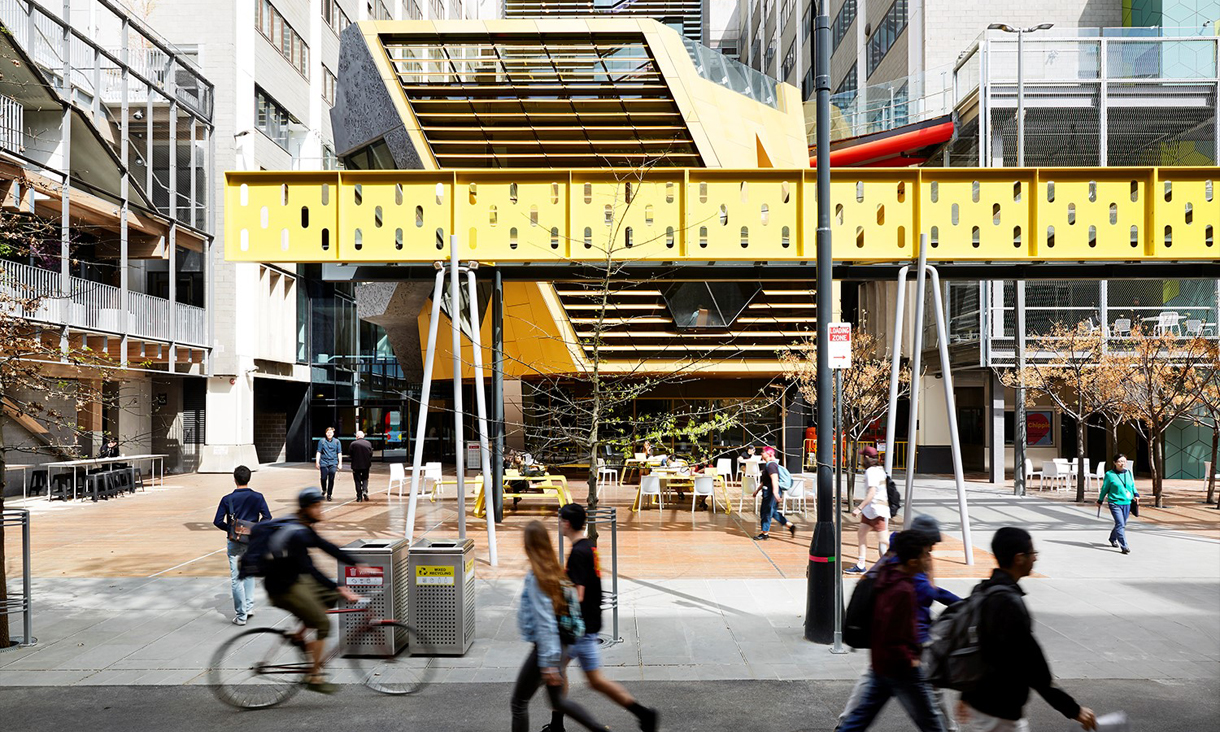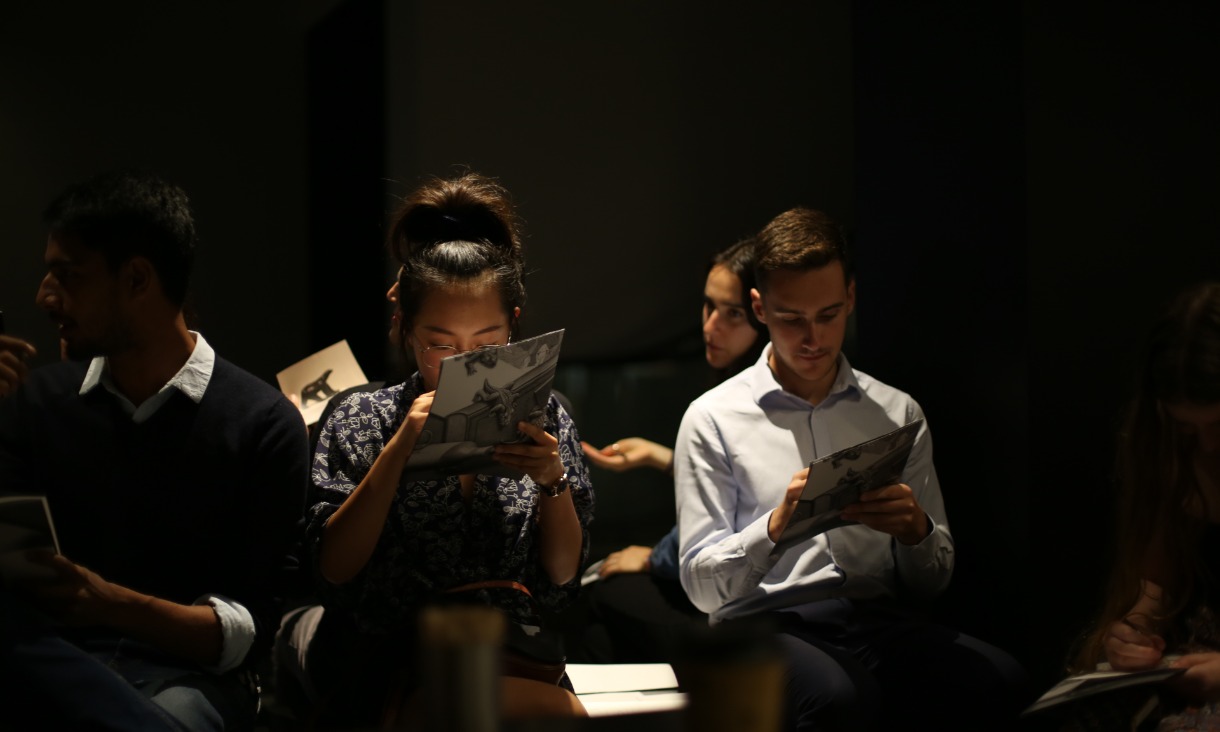Students drawn to new NGV program
A new program at the National Gallery (NGV) of Victoria is connecting local and international students through the language of art and design.
An architecture-lover's guide to spending a day at RMIT
Open House Melbourne 2019 is almost here – here’s your go-to guide to visiting the best RMIT has to offer.
Reactivating cultural heritage
RMIT researcher Eva Prats has paid homage to Irish playwright Samuel Beckett with the transformation of a workers' cooperative in Barcelona to an experimental theatre.
Sans Forgetica wins prestigious design award
Sans Forgetica, a typeface that could help people remember more of what they read, has claimed the top award in Communication Design at the 61st annual Good Design Awards overnight.







